Tom's Guide Verdict
For those on a budget, the 20MP Nikon A900 is a capable and affordable compact camera with a 35x super-zoom lens.
Pros
- +
35x zoom lens
- +
Flip-up LCD
- +
4K UHD video and slow-motion video
- +
Good image quality
- +
Built-in help
Cons
- -
No touch screen
- -
Lacks viewfinder
- -
No RAW option
Why you can trust Tom's Guide
The Nikon Coolpix A900's compact size and unassuming appearance hold a lot of surprises, including a 35x super-telephoto zoom lens with a focal range of 24-840mm lens that's great for everything from landscapes to wildlife close-ups. Perfect for travel, as well as everyday photo opportunities, this $339 camera balances ease of use with advanced features.
The camera does have some limitations, though. There's no viewfinder or RAW capture and low-light capabilities are limited. But these may be compromises you're willing to make in exchange for an affordable compact camera with good image quality and ease of use.
What We Liked
Super zoom
With a range from 24mm to 840mm, the A900's lens is extremely versatile. And, the camera's image stabilization is quite good, too, which makes it easier to use the long zoom and prevent blurry pictures from camera shake. I was able to shoot at 1/50th second when the lens was zoomed to the max (840mm) without any blur.

To give you an idea of what this 35x zoom looks like, check out the images below.
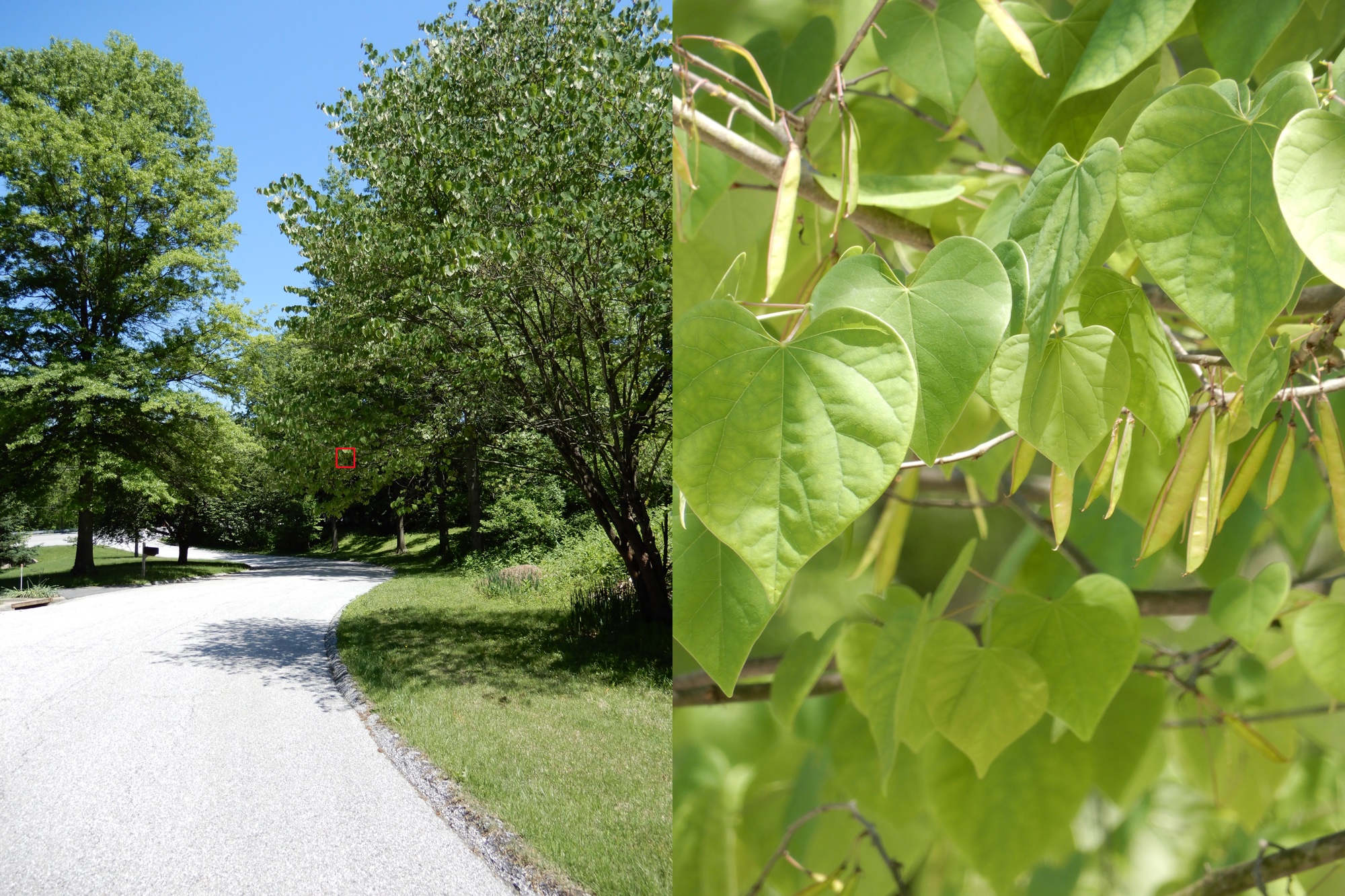
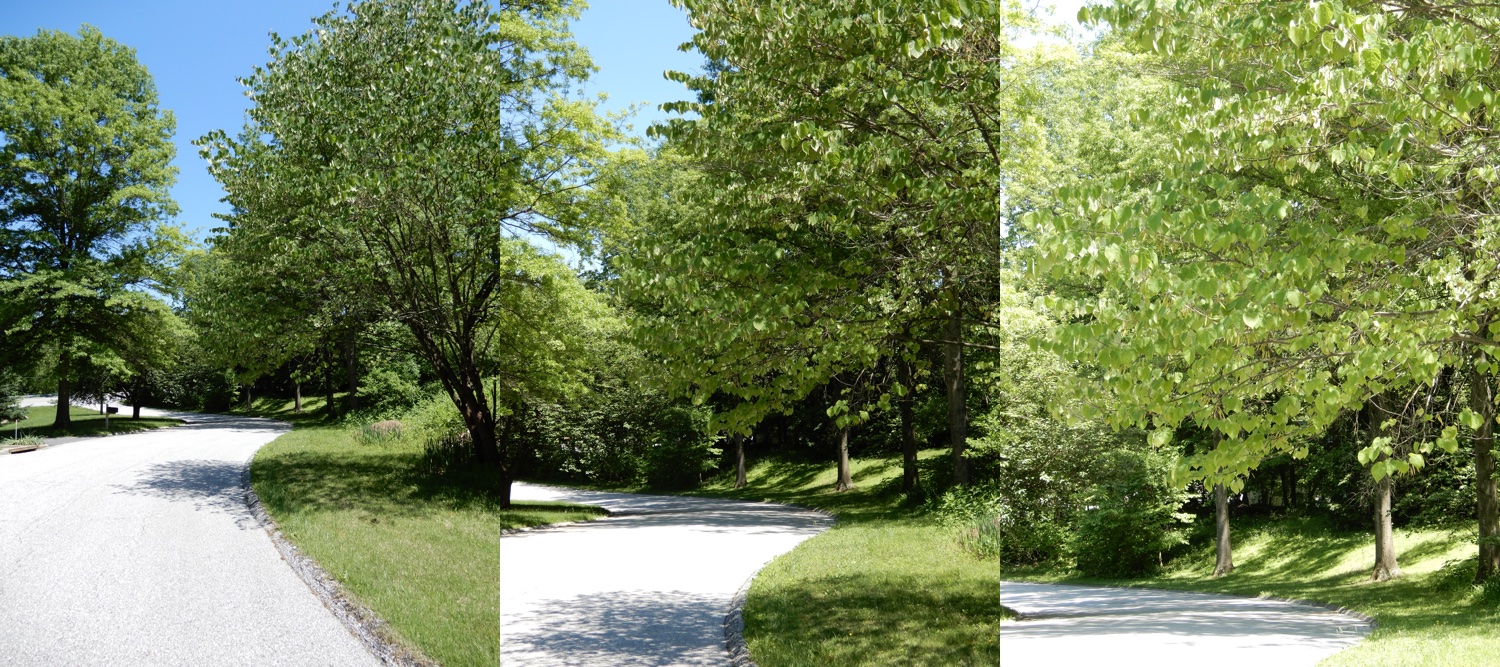
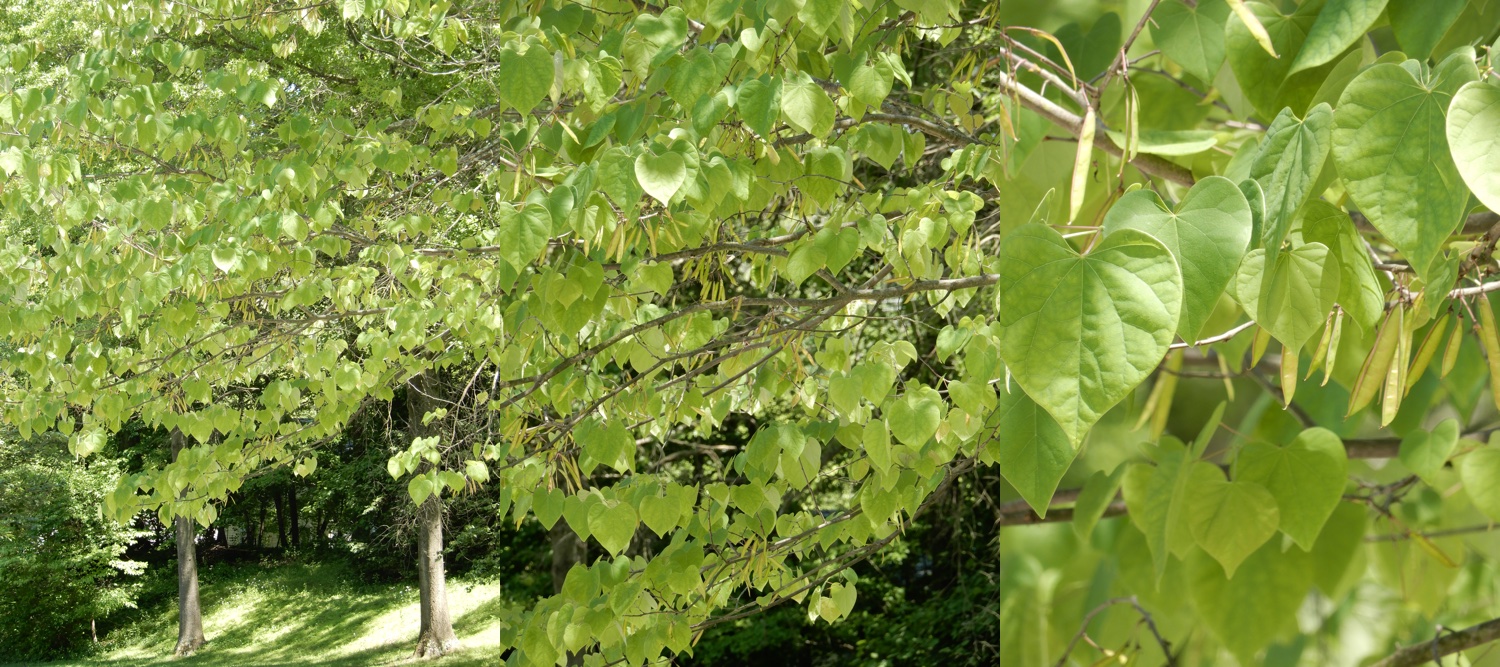
Image quality: Better Than expected
Photos straight out of the camera (without any post-processing) were sharp, well-exposed and delivered pleasing and accurate colors, as seen in this bed of tulips.
Get instant access to breaking news, the hottest reviews, great deals and helpful tips.
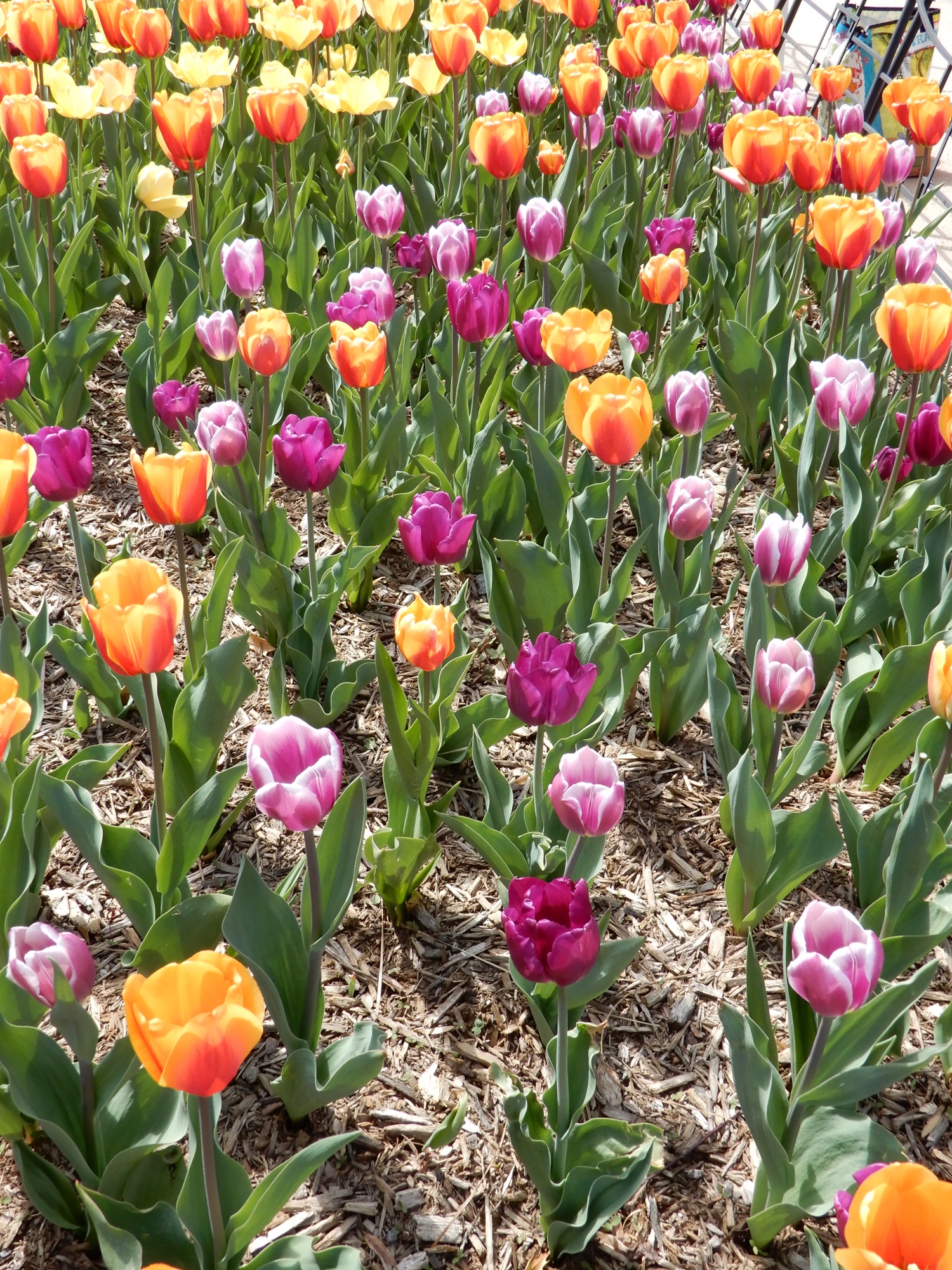
The Nikon A900 captured good detail as well. Look closely and you can see the fine lines and peeling bark on this tree trunk.

Exposures were generally accurate. Even approaching high noon on a sunny day with light reflecting off the water, these sunbathing turtles were well-exposed.

The A900's tiny flash doesn't pack a lot of punch but it was perfect for illuminating my cute lunch date as he posed for a photo.
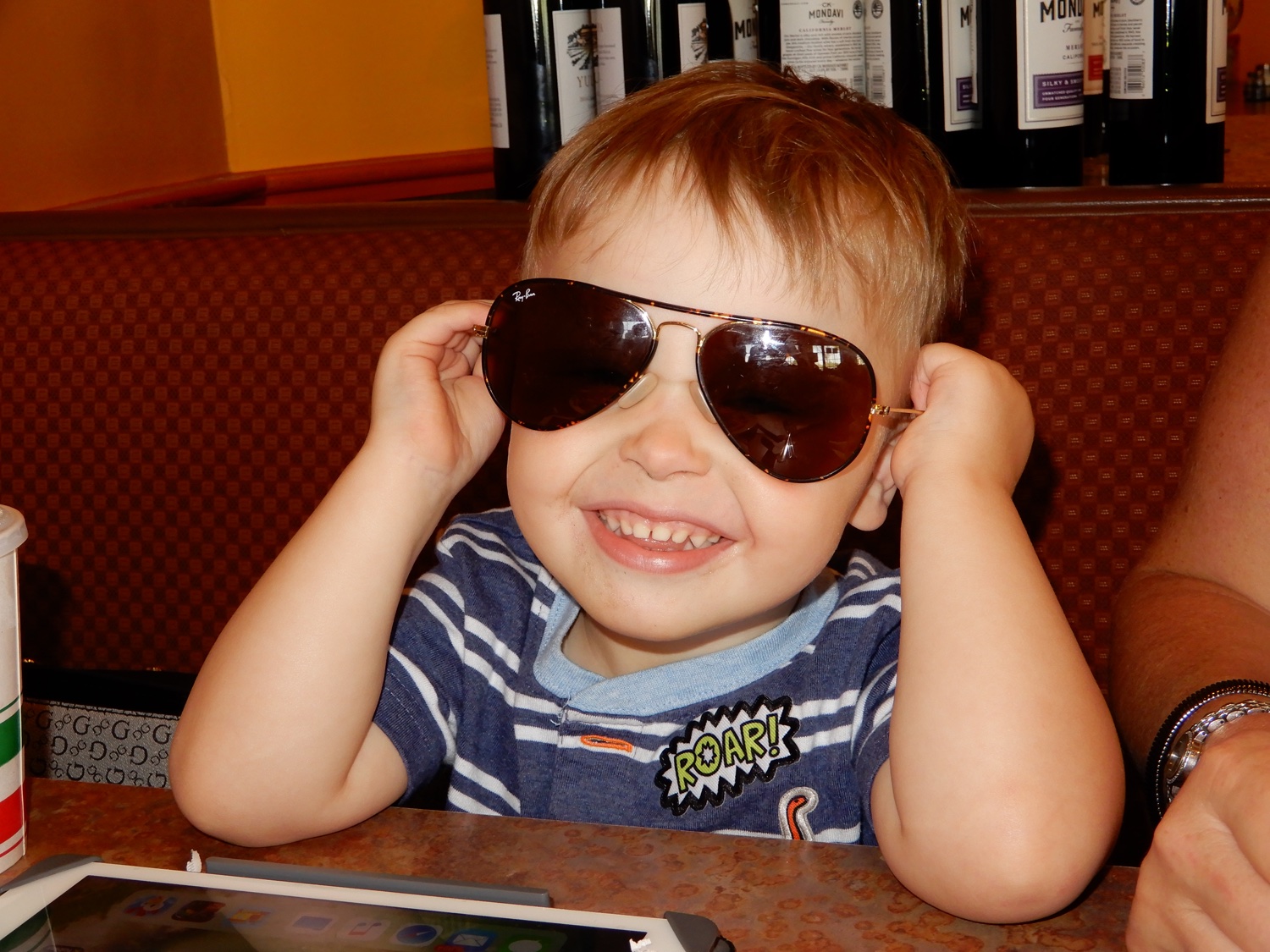
A Creative mode takes a photo with no effects and then makes four copies of the same image with different effects, including Selective Color, Light, Depth, Memory, Classic, Noir and Variety.
For example, the pink tulips below were captured in the Selective Color mode/red, to retain the red-pink hues while turning everything else black and white.
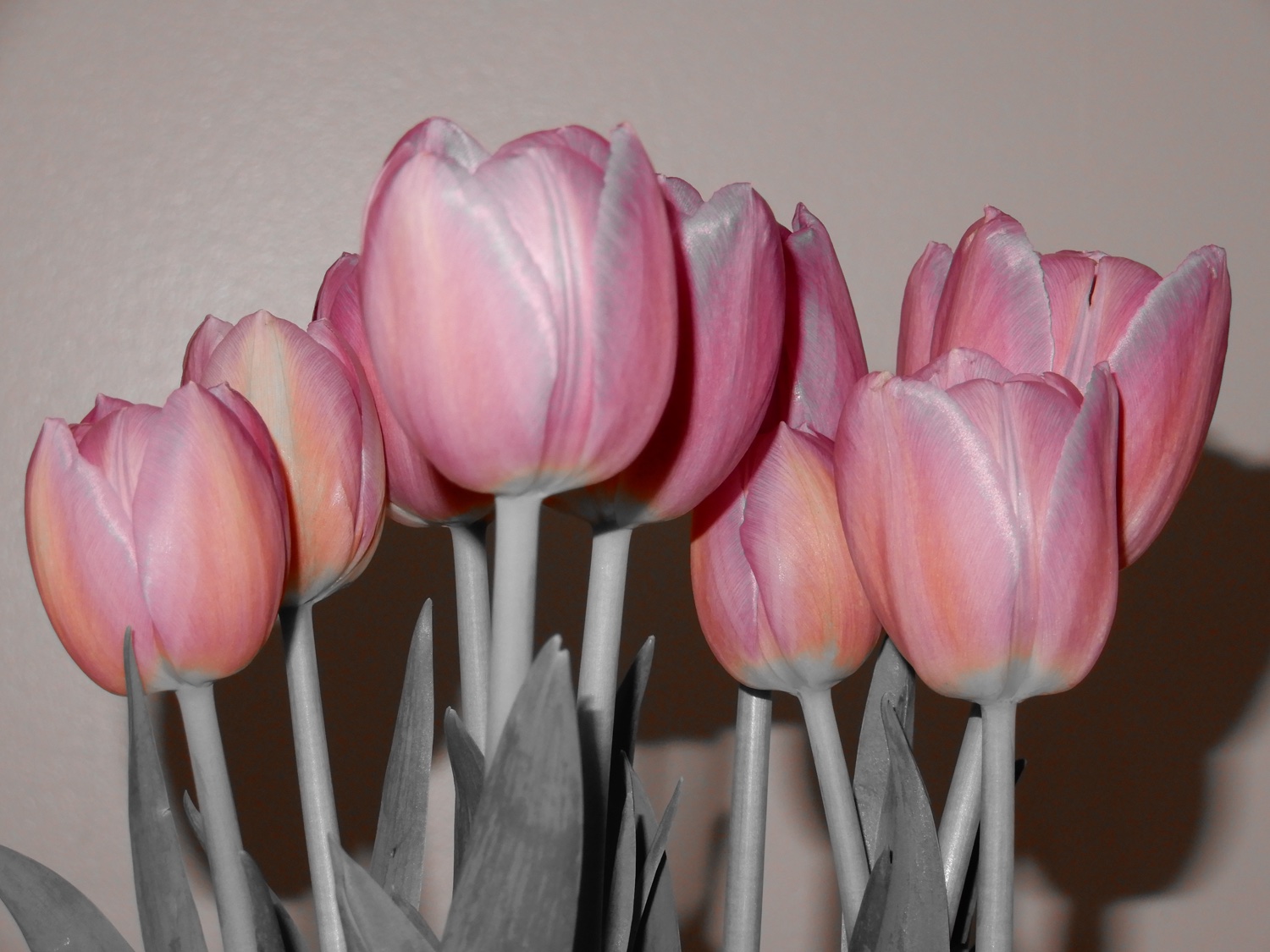
Quick Effects (such as Painting, Photo Illustration, Soft Portrait, Portrait (color + b&w), Fisheye, Cross Screen and Miniature Effects) can be applied to images after they're captured. Here's an example of a before and after image with the Photo Illustration effect.
Compact design
Measuring 4.5 x 2.7 x 1.6 inches and weighing 10.2 ounces, the A900 is chunkier than a smartphone, but not terribly so. Its super-zoom lens folds away neatly into the camera body, providing its own lens cover (there's no removable lens cap).
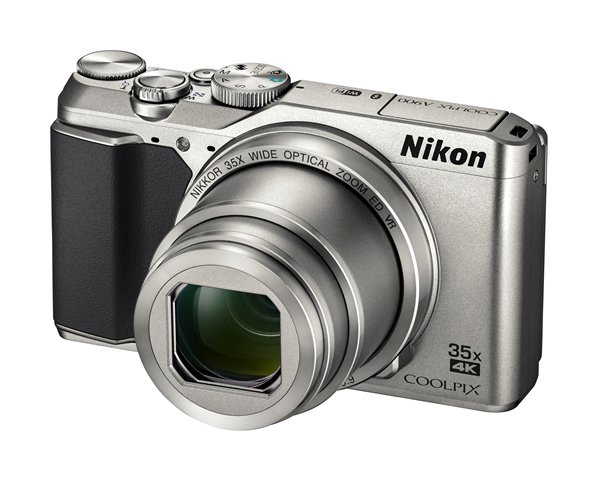
Rubberized grips on the front and rear panel provide a solid hold on the camera. Control buttons and dials are, by necessity, a little on the small side but well placed and clearly marked.
Easy to navigate
The menu system on the A900 is intuitive and has an optional guide that scrolls across the bottom of the screen describing the functions of each option. The guide offers some important tips and explanations, such as how a higher ISO lets you take pictures at faster shutter speeds and reduces the chance of blurry photos. That may or may not be news to you but it's a good reminder, nonetheless.
What We Didn't Like
No viewfinder, no touch screen
The Nikon A900 doesn't have a viewfinder. Instead, there's a 3-inch LCD that can be flipped up and down, but lacks a touch screen, so all tasks have to be carried out via physical buttons and dials.

Low light: Not its strong suit
With an ISO range of only 80-3200, the camera doesn't fare well in dim settings — especially since its maximum ISO produces very soft, noisy images.
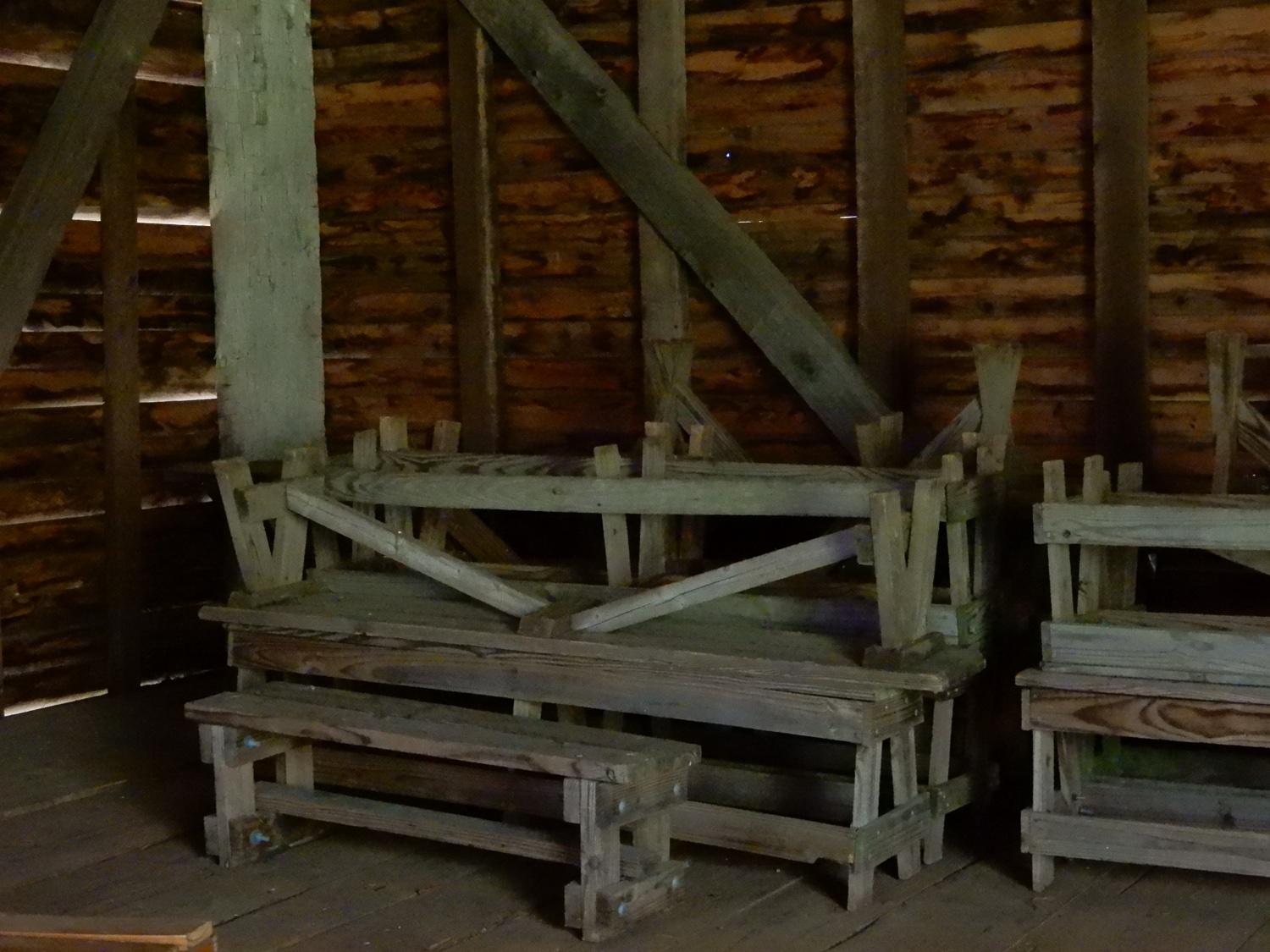
Things don’t get much better at ISO 1600.
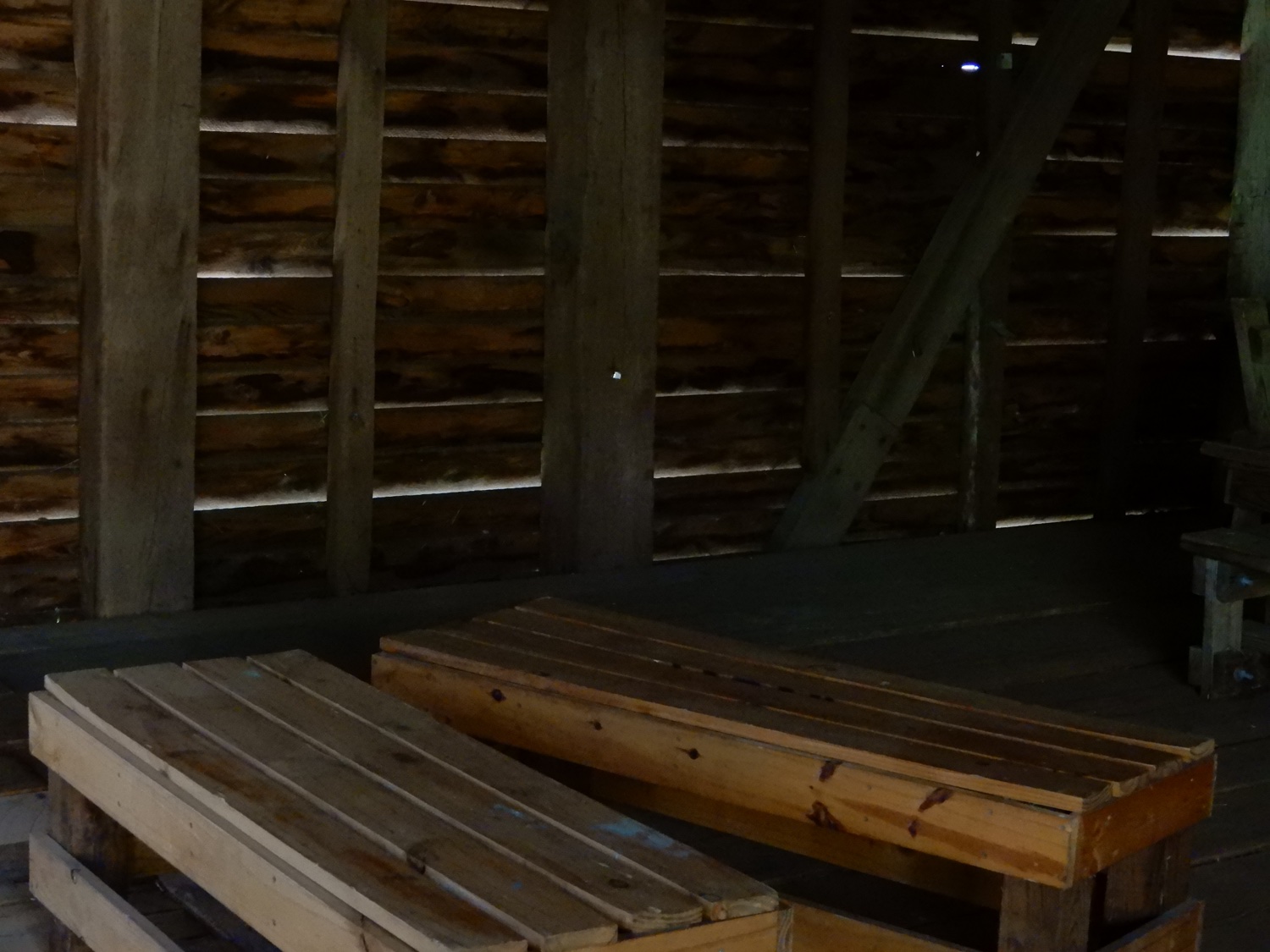
At ISO 800, the softness and noise aren't quite as noticeable and, if you have to shoot in low light without a flash, ISO 800 may be the maximum setting you want to use.
Keep in mind, too, that the Nikon A900's VR (vibration reduction)/image stabilization is pretty good, so try a slower shutter speed before resorting to pumping up the ISO.
Neither Likes Nor Dislikes
Pretty good 4K video
With options ranging from 4K UHD (3840 x 2160 at 30 frames per second) to high-speed (for slow-motion capture), along with a short movie-clip-compilation feature and time-lapse, the A900 is well-equipped to capture a variety of video options. Importantly, the camera records them as MP4 files, so they are easily watchable and editable.
MORE: The Best Time to Buy a Camera (i.e. When Cameras Go On Sale)
Video-picture quality is sharp, clear and delivers accurate colors and exposure. Audio recording produced relatively clear and crisp sound as well. In this handheld 4K video, the camera's zoom is silent, although I had a hard time keeping the zoom at a slow pace.
I also shot a slow-motion version, which you can see here (there’s no sound for slow motion).
Wi-Fi/Bluetooth and battery life
The Nikon SnapBridge app (iOS/Android) lets you connect wirelessly to the camera to transfer images and even trigger the shutter remotely. It's relatively basic but gets the job done. Using Bluetooth is a little slower than Wi-Fi but helps preserve battery life. You'll need to switch to Wi-Fi for remote shooting.
You'll get about 270 shots on a single charge for still images. If you don't use the flash a lot and don't spend half your time looking at your photos on its display, you can probably extend the battery life by at least 30 to 50 pictures. Charge time from zero to full takes about 2 hours and 20 minutes.
Bottom Line
Considering the price, image quality and feature set, the Nikon A900 is a pretty good value. Although we'd prefer a touch screen and a viewfinder, the Nikon A900 is a sold option for those who want to travel light with a camera that has many more features than a smartphone.
Those who have a bigger wallet should check out the Panasonic Lumix ZS200 ($799), which has a less powerful zoom, but is equally compact and takes better photos in low light. But if you're on a budget and are looking for a solid do-all camera, the Nikon A900 is an outstanding option.
Theano Nikitas is a freelance journalist and photographer. She's been writing about photography for more than 20 years, contributing countless reviews of cameras, lenses, accessories and software packages to Tom's Guide. Her work has also appeared in dozens of other magazines and websites, including CNET, DPreview, PopPhoto, Professional Photographer and Shutterbug.

